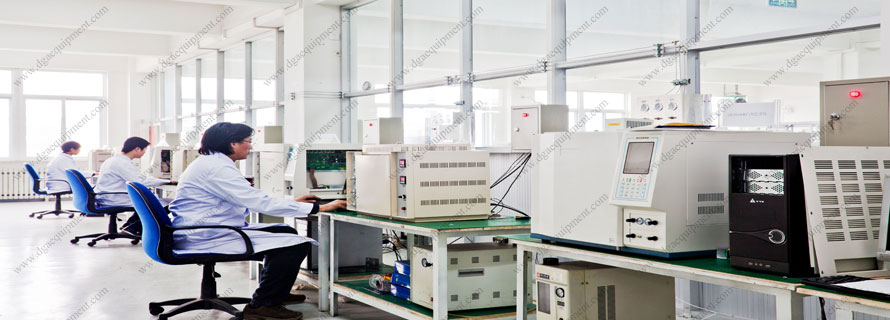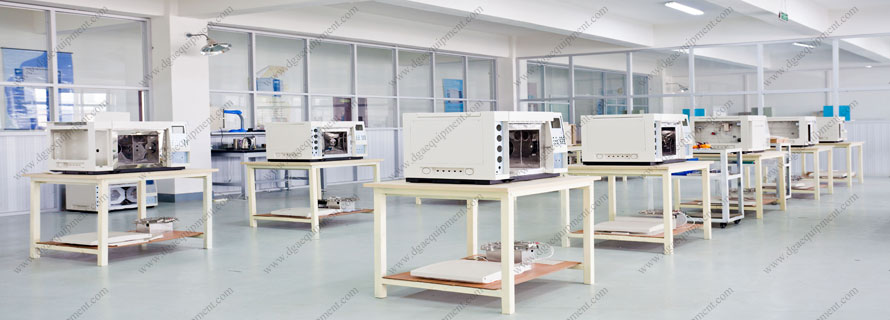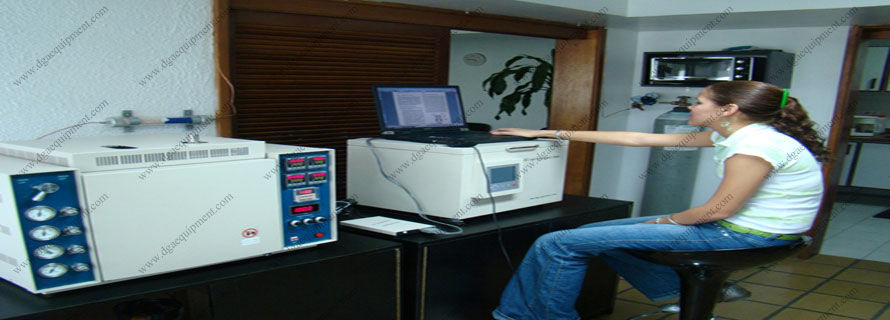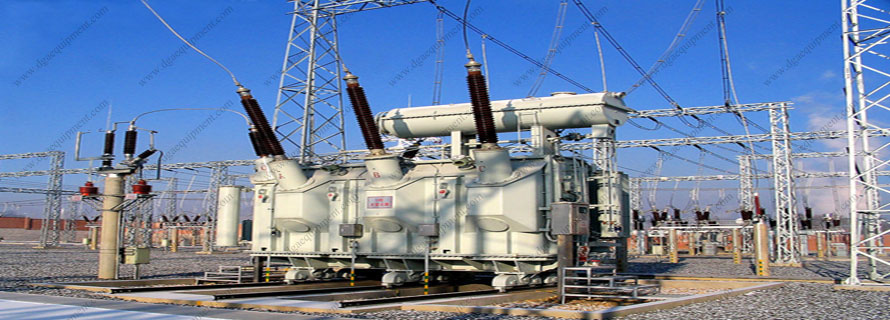ASTM D5191 Test Method for Vapor Pressure of Petroleum Products (Mini Method)
12. Procedure
12.1 Remove the sample from the cooling bath or refrigerator, dry the exterior of the container with absorbent material, uncap, and insert a chilled transfer tube or syringe (see 9.3). Draw a bubble-free aliquot of sample into a gas tight syringe or transfer tube, and deliver this test specimen to the test chamber as rapidly as possible. The total time between opening the chilled sample container and inserting/securing the syringe into the sealed test chamber shall not exceed 1 min.
12.2 Follow the manufacturer's instructions for injection of the test specimen into the test chamber, and for operation of the instrument to obtain a total vapor pressure result for the test specimen.
12.3 Set the instrument to read the result in terms of total vapor pressure. If the instrument is capable of calculating a dry vapor pressure equivalent value, make sure that only the parameters in 13.2 are used.
13. Calculation
13.1 Record the total vapor pressure reading from the instrument to the nearest 0.1 kPa (0.01 psi). For instruments that do not automatically record a stable pressure value, manually record the pressure indicator reading every minute to the nearest 0.1 kPa. When three successive readings agree to within 0.1 kPa, record the result to the nearest 0.1 kPa (0.01 psi).
13.2 Calculate the DVPE using Eq 1. Ensure that the instrument reading used in this equation corresponds to the total pressure and has not been corrected by an automatically programmed correction factor:
DVPE, kPa (psi) = (0.965X) - A
where:
X = measured total vapor pressure in kPa (psi), and
A = 3.78 kPa (or 0.548 psi).
NOTE 10 - The correlation equation was derived from the results of the 1988 cooperative program and confirmed in the 1991 interlaboratory study.
13.3 The calculation described by Eq 1 can be accomplished automatically by the instrument, if so equipped, and in such cases the user shall not apply any further corrections.



